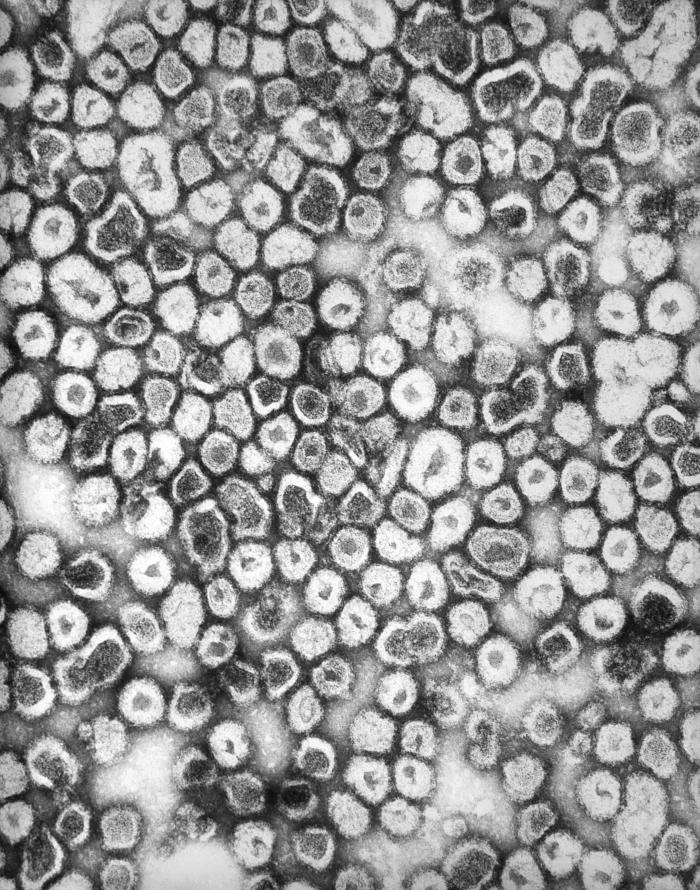La Crosse virus is a mosquito-borne virus and a rare cause of brain inflammation that most commonly affects children younger than 16 years. The below video details the tragic loss of a 4-year-old Indiana resident to La Crosse virus.
Leah's Story: How La Crosse Encephalitis Virus Affected One Family
When Leah was just 4 years old, she was bitten by a mosquito carrying La Crosse virus. Two days after complaining of a headache that would not go away, Leah’s family took her to the emergency room. Leah died in her parents’ arms three days later from La Crosse encephalitis.
La Crosse virus (LACV) is an mosquito-borne virus (arbovirus) that is primarily transmitted in Indiana by Aedes triseriatus mosquitoes. LACV is a member of a larger group of viruses called the California serogroup. Although most people who become infected with LACV do not develop any symptoms, some people can develop seizures, paralysis, or severe inflammation in the brain.

La Crosse virus. Centers for Disease Control and Prevention.
Page Last Updated: May 30, 2023


